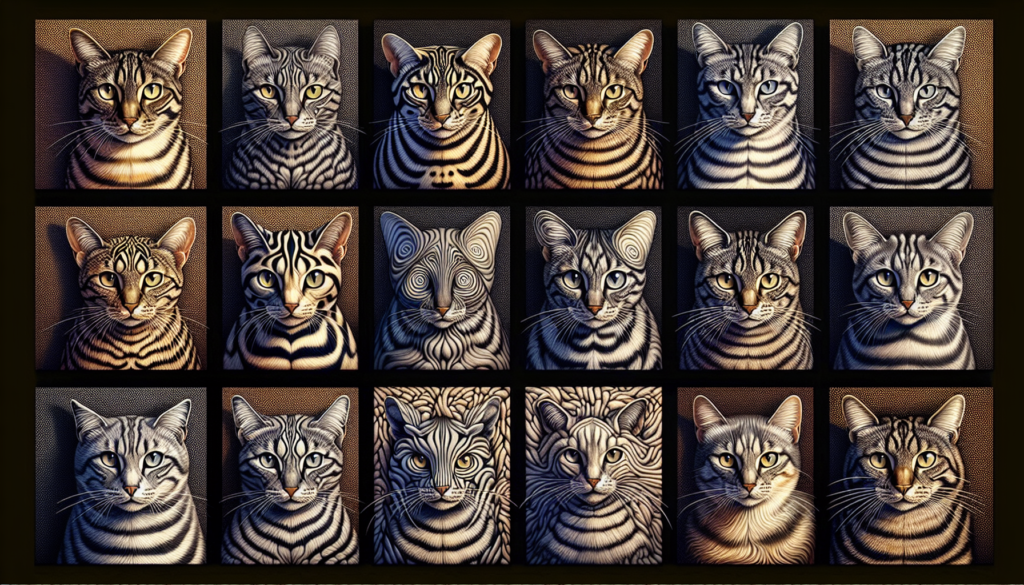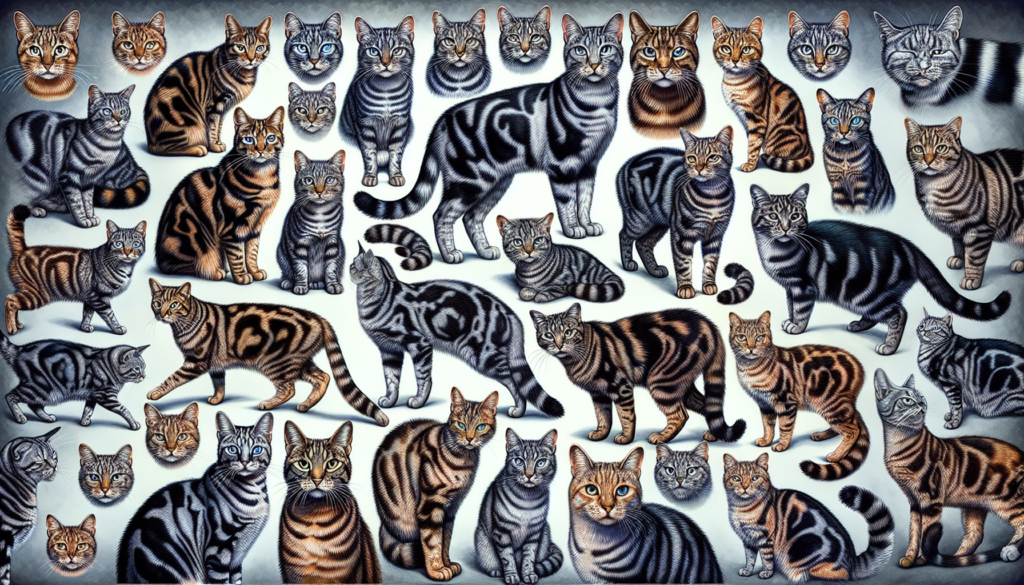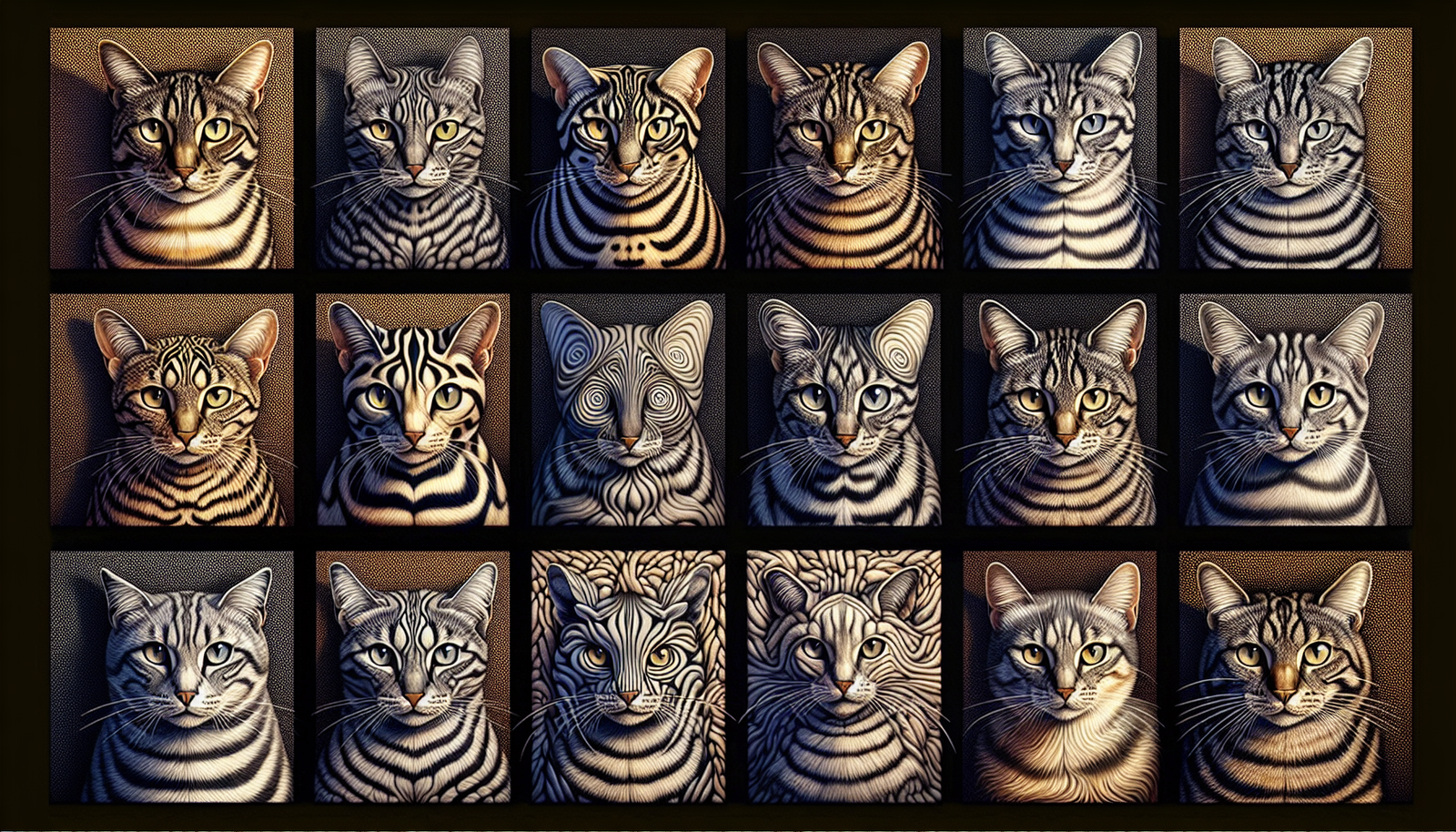Tabby cats have long been associated with femininity, but do they really have a gender preference? Contrary to popular belief, the myth of tabby cats being always female has been debunked. While it is true that many tabby cats are indeed female, there are also plenty of male tabby cats that exist. In this article, we will explore the fascinating world of tabby cats and shed some light on the truth behind this myth. So, if you’ve ever wondered about the gender of tabby cats, get ready to have your curiosity satisfied!

The Myth of Tabby Cats Being Always Female
Tabby cats have long been a subject of fascination and speculation, with one particular misconception standing out: the belief that all tabby cats are female. This misconception has persisted for centuries, causing confusion among cat enthusiasts and leading to misidentification and stereotyping of these beloved feline companions. In this article, we will explore the origins of this myth, delve into the genetic explanation behind it, and provide evidence to dispel the misconception once and for all.
Understanding the Misconception
Common Beliefs
Many people have grown up with the belief that tabby cats are exclusively female. This belief may be rooted in observations of a higher number of female tabby cats in certain communities or personal experiences of encountering more female tabbies. However, it’s essential to recognize that such observations may be influenced by various factors, including regional differences, cultural biases, and individual perception.
Historical Inaccuracies
Historical inaccuracies have contributed significantly to the perpetuation of the myth. In the past, there was a lack of accurate resources and scientific understanding of feline genetics. As a result, erroneous information was perpetuated, leading to the widespread belief that tabby cats were exclusively female. These inaccuracies were further reinforced by cultural beliefs, folklore, and superstitious notions, which we will explore in more detail.
The Origins of the Myth
Religion and Superstition
Religion and superstition have played a role in shaping the myth of tabby cats being always female. In some cultures, cats have been associated with deities and perceived as sacred creatures. In ancient Egyptian mythology, for example, the cat goddess Bastet was often depicted as a female with strong connections to fertility and protection. This association of cats with femininity may have contributed to the misconception that tabby cats are exclusively female.
Folklore and Cultural Influences
Folklore and cultural influences have also contributed to the perpetuation of the myth. In certain regions, stories and legends have portrayed tabby cats as feminine creatures with special traits or powers. These narratives often emphasized qualities such as grace, elegance, and intuition, further reinforcing the belief that tabby cats were only female. With time, these cultural influences became deeply ingrained, making it challenging for the truth to prevail.
The Genetic Explanation
The Basics of Feline Genetics
To understand the myth, it is crucial to have a basic understanding of feline genetics. Cats, like all mammals, inherit genetic traits from their parents through the transmission of DNA. These genetic traits, including coat color and patterns, are determined by specific genes located on chromosomes.
The Significance of X and Y Chromosomes
The misconception that tabby cats are exclusively female can be dispelled by understanding the role of sex chromosomes in determining a cat’s gender. Female cats possess two X chromosomes (XX), while male cats possess one X chromosome and one Y chromosome (XY). The presence of the Y chromosome in males determines their gender.

The Role of X Chromosome
Inactivation and Tortoiseshell Cats
The X chromosome plays a significant role in determining coat color and patterns in cats. In females, one of the X chromosomes is randomly inactivated in each cell during early development, resulting in a phenomenon known as X inactivation. This phenomenon is responsible for the unique coat patterns seen in tortoiseshell cats, which are predominantly female due to the genetic combination required for this coat color.
X-Linked Traits
Additionally, certain traits related to coat color and patterns can be linked to specific genes on the X chromosome. Tabby coat patterns are one such trait that can be inherited through X-linked genes. Both male and female cats have the potential to inherit tabby patterns, regardless of their gender. Therefore, the notion that tabby cats are exclusively female contradicts the basic principles of feline genetics.
The Connection to Coat Color
Tabby Coat Patterns
Tabby coat patterns are one of the most commonly observed patterns in domestic cats. These patterns typically include stripes, swirls, or spots on a background coat color. While tabby patterns are often associated with brown or gray coats, they can be present in cats with various coat colors, including black, orange, and even white.
Genes and Pigmentation
The presence of tabby patterns is determined by specific genes responsible for pigmentation. These genes interact with other genetic factors, such as the presence of agouti signaling protein, to create the distinct patterns seen in tabby cats. It is important to note that these genetic factors are not limited to a specific gender, and both male and female cats have the potential to inherit tabby patterns.
The Role of Hormones
Sex Hormones and Primary Characteristics
While the misconception surrounds the idea of tabby cats being exclusively female, it is essential to differentiate between gender and primary sexual characteristics. Male cats possess testes and are capable of producing sperm, while female cats possess ovaries and have the ability to bear offspring. These primary sexual characteristics are determined by the presence or absence of specific sex hormones, such as testosterone and estrogen.
Secondary Sexual Characteristics
Secondary sexual characteristics, which include physical and behavioral traits that differ between males and females, are also influenced by hormone levels. However, these characteristics are not exclusive to either gender and can vary among individuals. Therefore, the presence of tabby coat patterns, a secondary sexual characteristic, does not indicate the gender of a cat.
The Influence of Environment
Socialization and Behavioral Differences
The belief that tabby cats are exclusively female may stem from observed behavioral differences between male and female cats. However, these differences are primarily shaped by socialization and individual experiences rather than genetics. Factors such as human interaction, early socialization, and environmental influences play a significant role in shaping a cat’s behavior and personality, regardless of its gender or coat pattern.
Climate and Outdoor Exposure
Another factor that may contribute to the misperception is climate and outdoor exposure. In certain regions, the population density of outdoor cats may be higher, leading to a higher likelihood of encountering female tabby cats. Additionally, local climate conditions may influence the prevalence of certain coat colors or patterns, potentially creating the illusion that tabby cats are primarily female. However, these factors should not be used as a basis for assuming the gender of a cat.
Misidentification and Stereotyping
Assumptions Based on Appearance
The misconception that all tabby cats are female has led to misidentification and stereotyping based solely on appearance. People may assume that a tabby cat they encounter is female without considering other factors or genetic possibilities. This assumption can perpetuate the myth and reinforce inaccurate beliefs about tabby cats.
Limited Knowledge and Education
The lack of comprehensive knowledge and education about feline genetics contributes to the perpetuation of the myth. Many cat owners and enthusiasts may not be aware of the true genetic explanation behind tabby coat patterns and the involvement of both male and female cats. By promoting accurate information and increasing awareness, we can dispel the misconception and prevent further misidentification and stereotyping.
Dispelling the Myth: Male Tabby Cats
Male Tabby Cats Exist
Contrary to the myth, male tabby cats do exist and are quite common. The genetic explanation and scientific evidence clearly demonstrate that tabby patterns are not exclusive to females. Male cats can possess the same range of coat colors, patterns, and variations as their female counterparts. It is important to recognize and celebrate the diversity of tabby cats across all genders.
Examples from Scientific Research
Scientific research has provided further evidence to debunk the myth. Studies conducted on feline genetics, coat patterns, and chromosomal variations have consistently shown that male cats can exhibit tabby patterns. The scientific community acknowledges the misconception and actively works to correct and educate the public about the true nature of tabby cats.
Real-Life Experiences
Real-life experiences of cat owners and experts also contradict the myth. Countless individuals have shared their firsthand accounts of male tabby cats, highlighting the variety of coat colors and patterns seen in these feline companions. These anecdotes demonstrate the need to reevaluate our assumptions and challenge the misconceptions that limit our understanding of tabby cats.
In conclusion, the myth that tabby cats are always female has been perpetuated by historical inaccuracies, cultural beliefs, and a lack of comprehensive knowledge about feline genetics. By understanding the true nature of tabby cats and promoting accurate information, we can dispel this myth once and for all. Both male and female tabby cats exhibit an array of coat colors and patterns, providing a delightful diversity that enriches our lives as cat enthusiasts. Let us celebrate and appreciate tabby cats of all genders and continue to learn and grow in our understanding of these fascinating feline companions.

